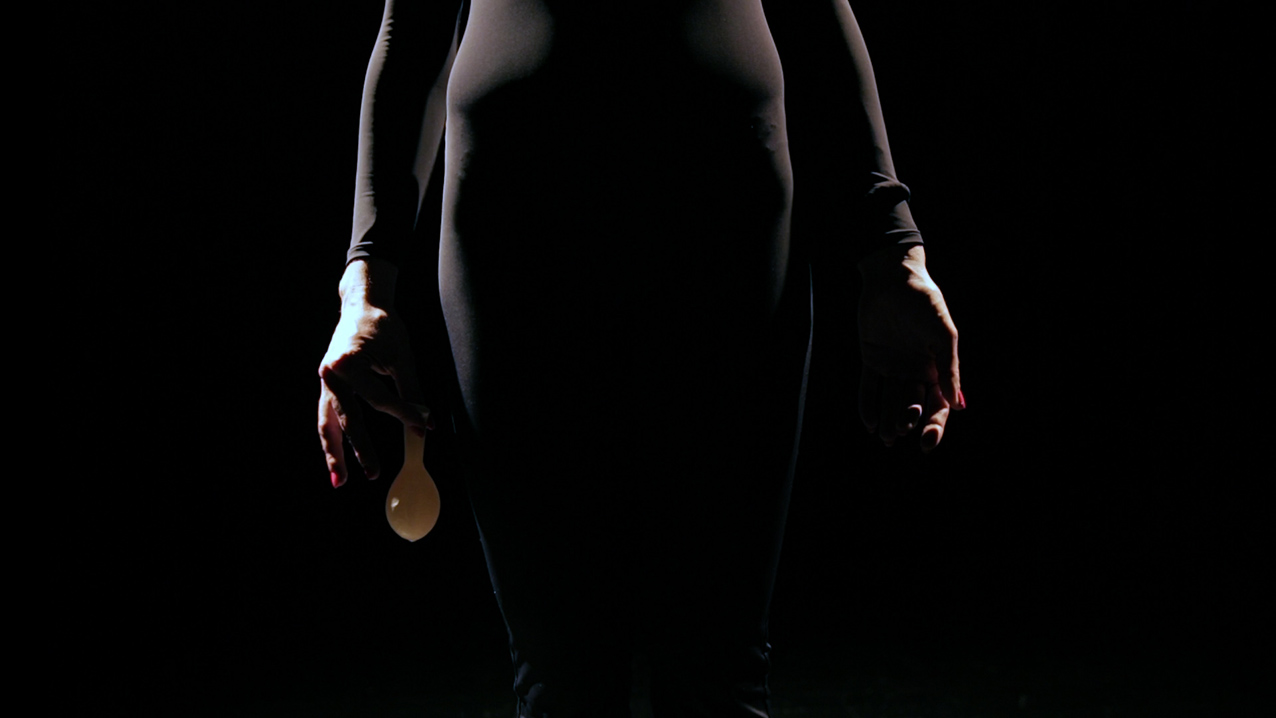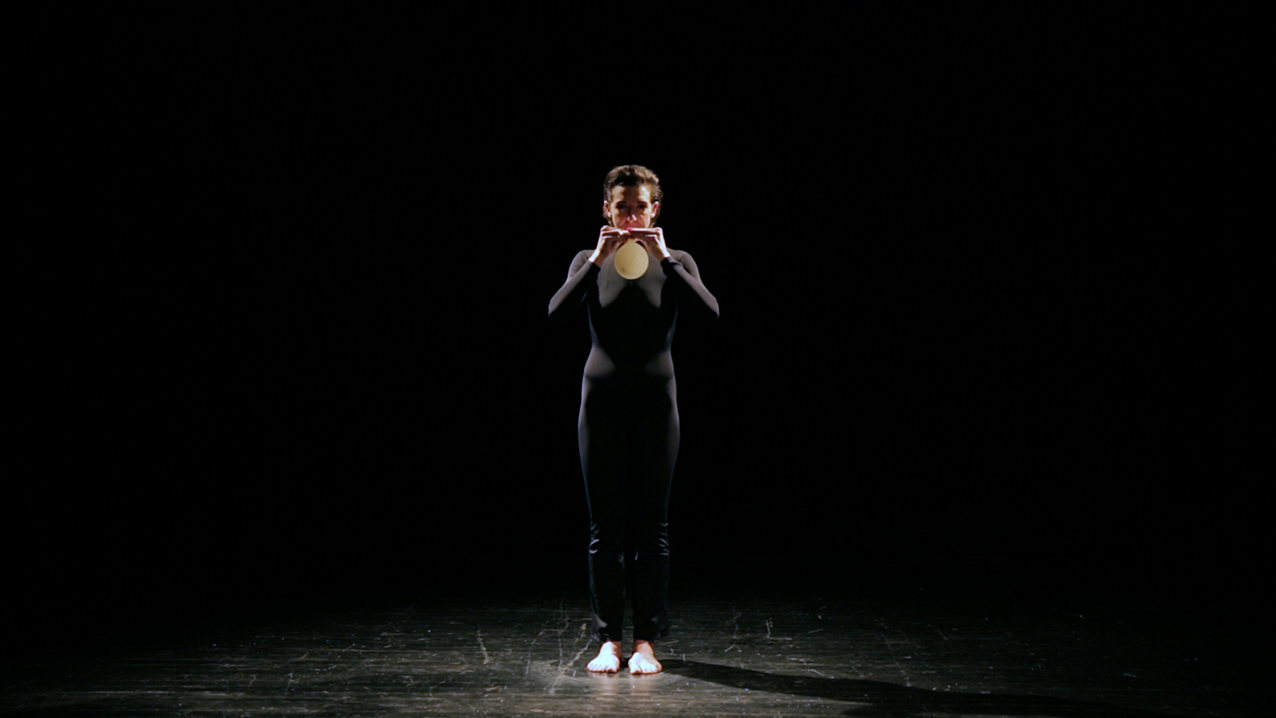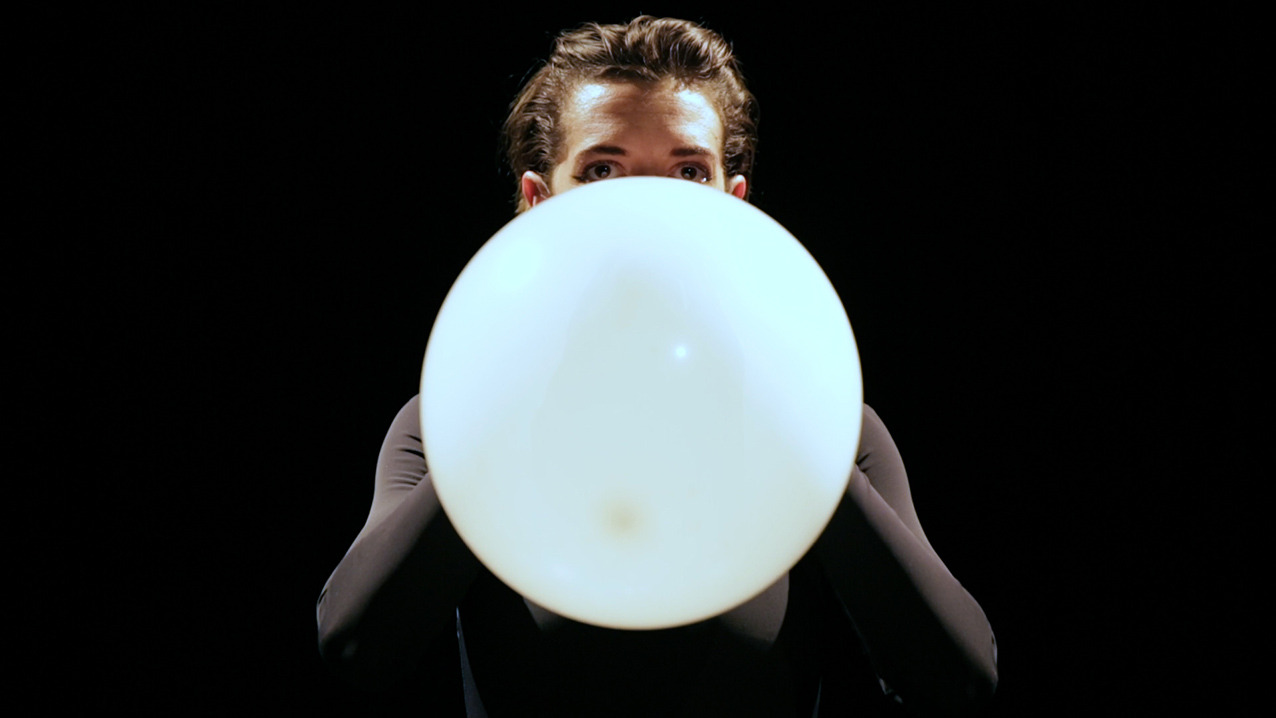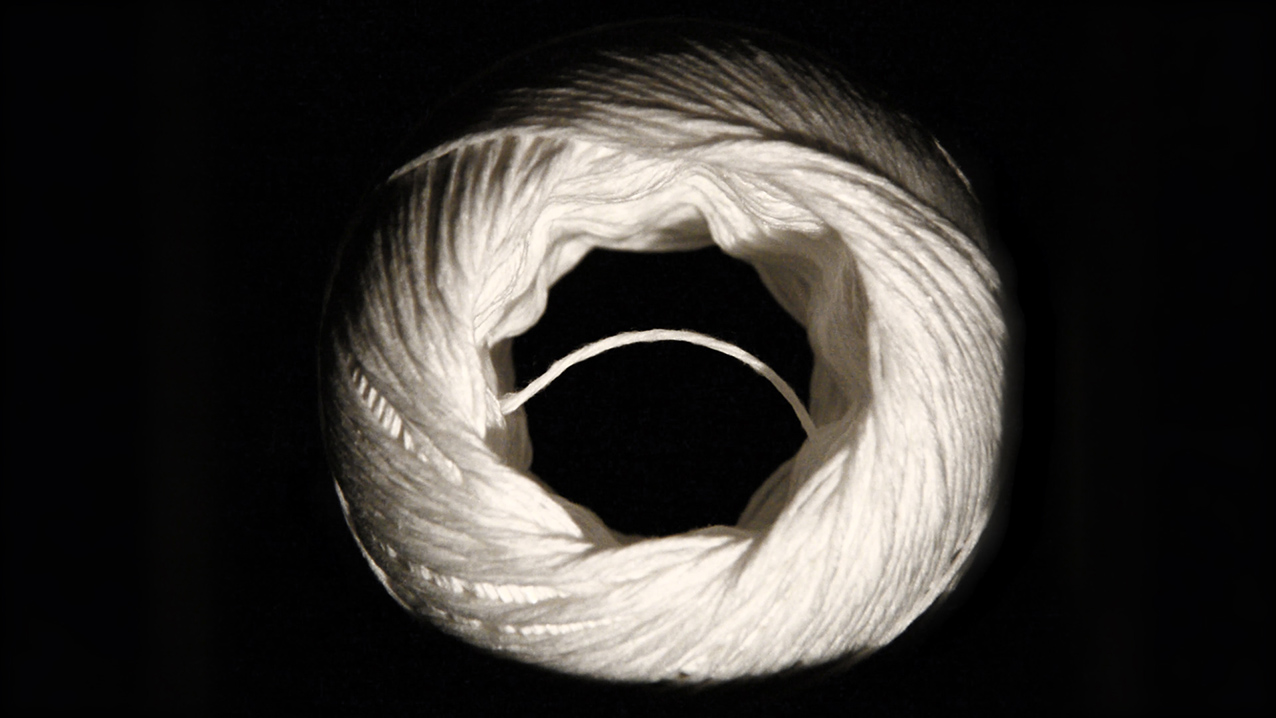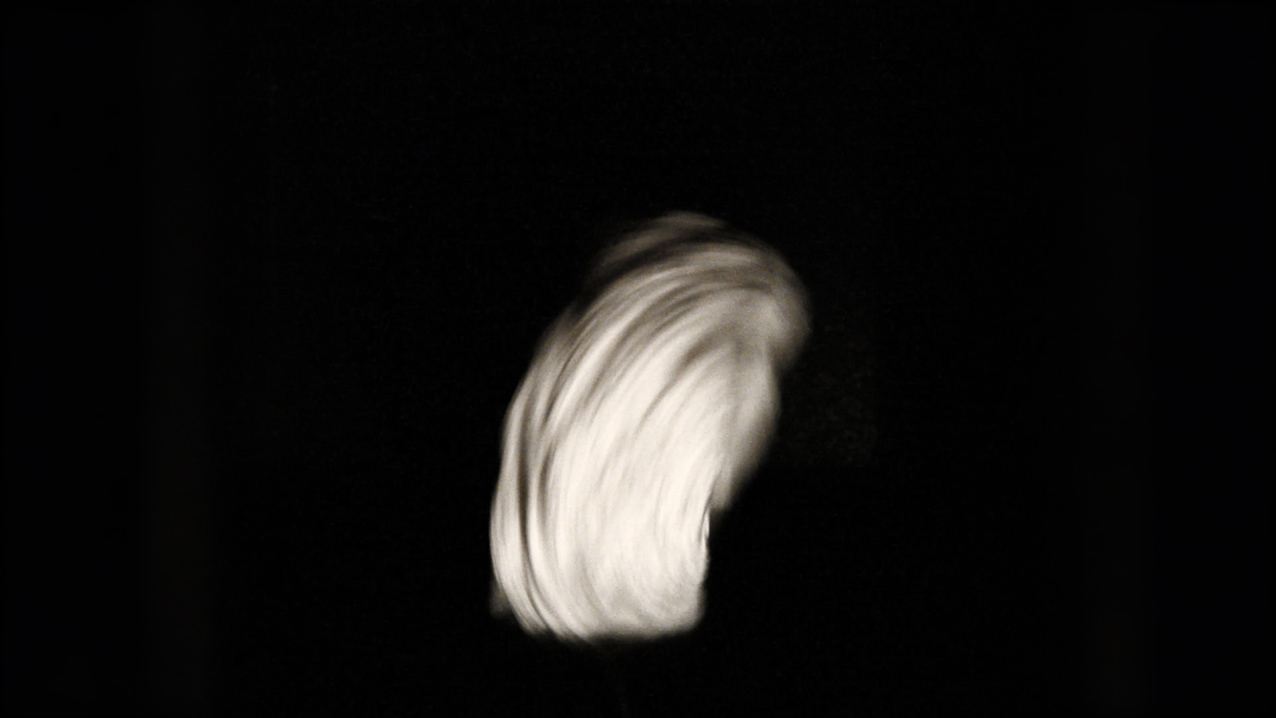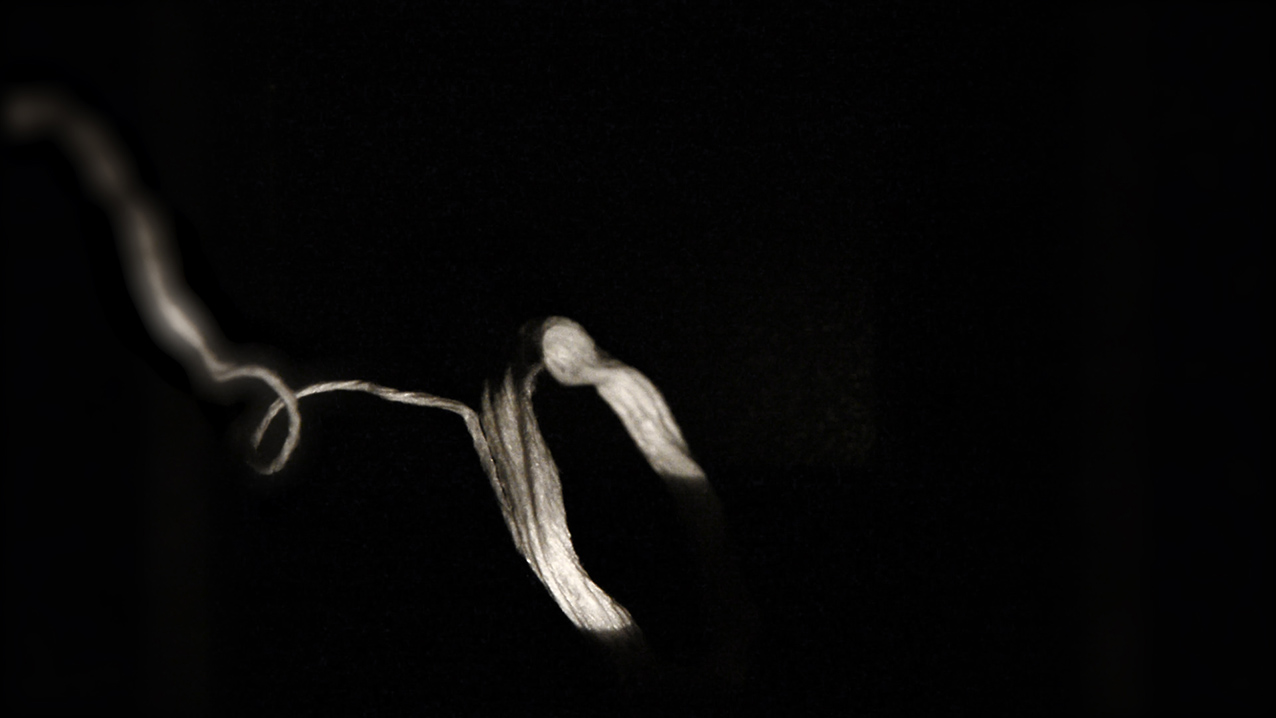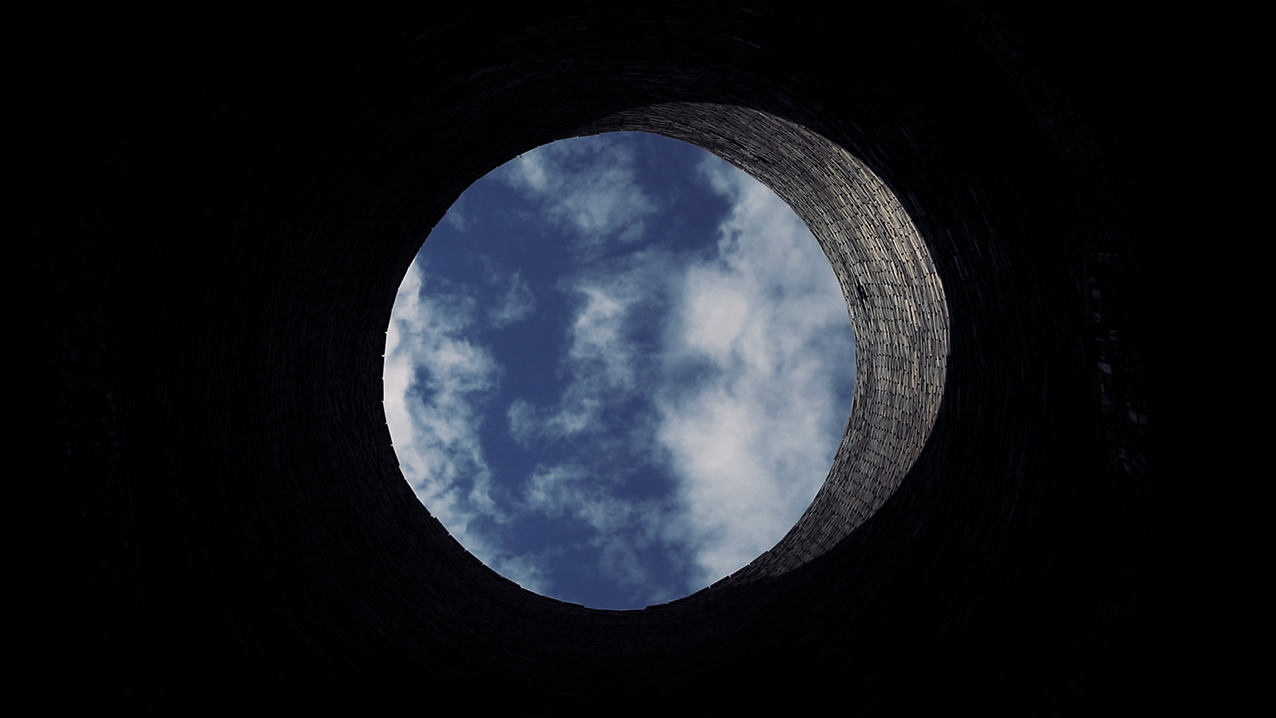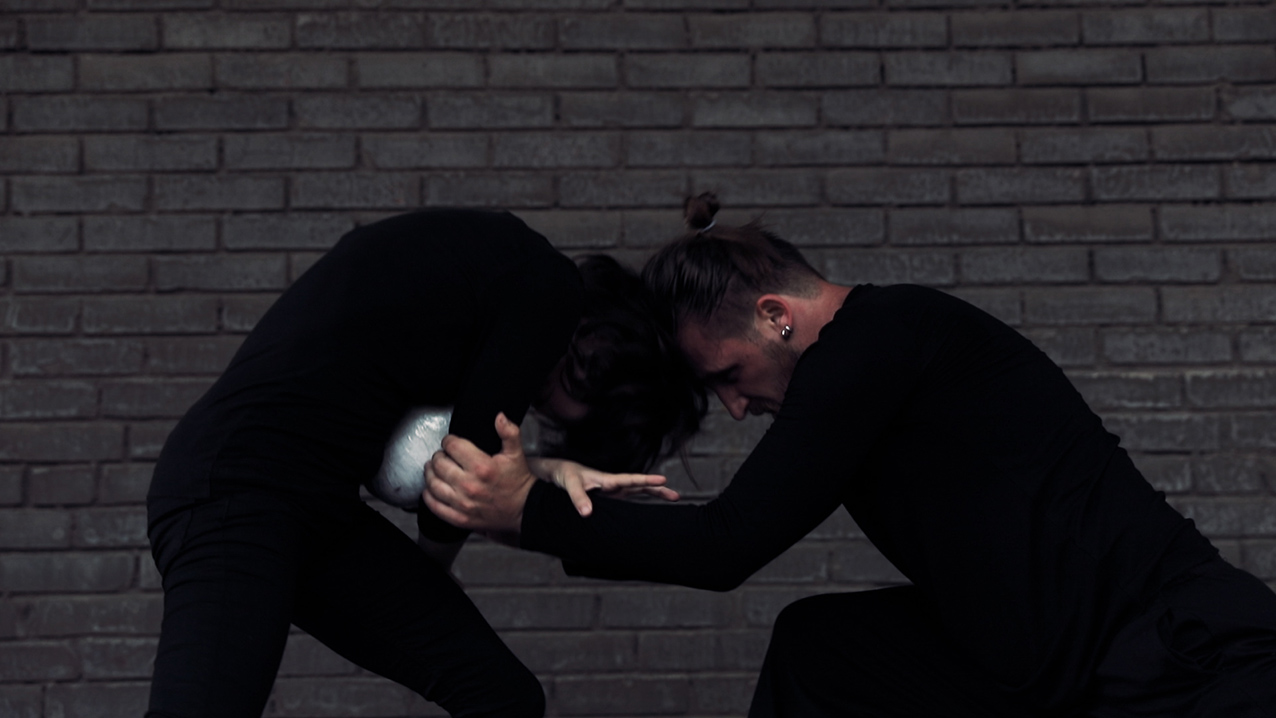Video
2018
The Axis Mundi indicates the notion of the ‘Axis of the Universe’ found in various religions and myths, both Western and Eastern, from the Asian peoples to the American Indians, there are several spheres that possess the Axis Mundi function of connecting Heaven, Earth and the Underworld. These symbols, so heterogeneous and yet so unambiguous in their meaning, imply a vision of breaking the planes of existence to see life from other possible angles. The decision to title the Trilogy precisely Axis Mundi is linked to the theme of the journey of each individual’s life – from birth to death – which can be extended to the idea of flowing time and thus of the universe, of transience and of the constant attempt to approach the idea of infinity.
MATER – BIRTH
Mater is a reflection on the topical moment of our coming into the world, the moment in which everything begins with a rupture, the rupture of the sac of amniotic fluid that ‘forces’ us out of the body in which we began our existence. This moment is traumatic and it is symptomatic that it is a ‘rupture’, a ‘tear’ that provokes it. The work is linked to a memory of my childhood, and this first act is performed through the action of a young woman who, wrapped in a black space, inflates a white balloon containing water until it explodes, “launching” into the air the echo of that generating explosion.
PARCAE – LIFE
In Greek mythology, the Fates – daughters of Jupiter and Themis (Justice) – preside over human destiny. They were three: the first spun the thread of life; the second dispensed destinies; the third cut the thread of life at the appointed time.
Parcae is a reflection on the unfolding of life through a video featuring a spool of twine. During its gradual unravelling (which takes place during the video) our gaze is captured by its hypnotic movement, life flows inexorably in the twine’s agitation, faster and faster, more and more frenetic, a female voice narrates a fairy tale, written specially by a young Italian novelist, Leo Merati, the story of a discovery, that of time flowing, overlapping with the image, intersecting with the thread of suspended memories of our existences.
LA DANSE MACHABRÉ – DEATH
Contemporary Western society has increasingly distanced itself from the idea of the end, of the transience of life; we have moved from the “right to happiness, to the duty of happiness” (Slavoj Zizek).
The Danse Machabré is a reflection on the transience of life through the iconography of the macabre dance; the performers dance with each other and with a skull (a reference to the iconographic presence of death impersonated by a skeleton in the various representations of macabre dances in Europe) that becomes the protagonist mediating their relationship. The music, on whose notes the performance unfolds, is a re-elaboration of the Danse macabre by Camille Saint-Saëns by Francesco Crovetto written specifically for the video. The macabre dance is both a memento mori and a physical affirmation of one’s own existence, the flesh, the sweat, the rebellion against one’s own end.
